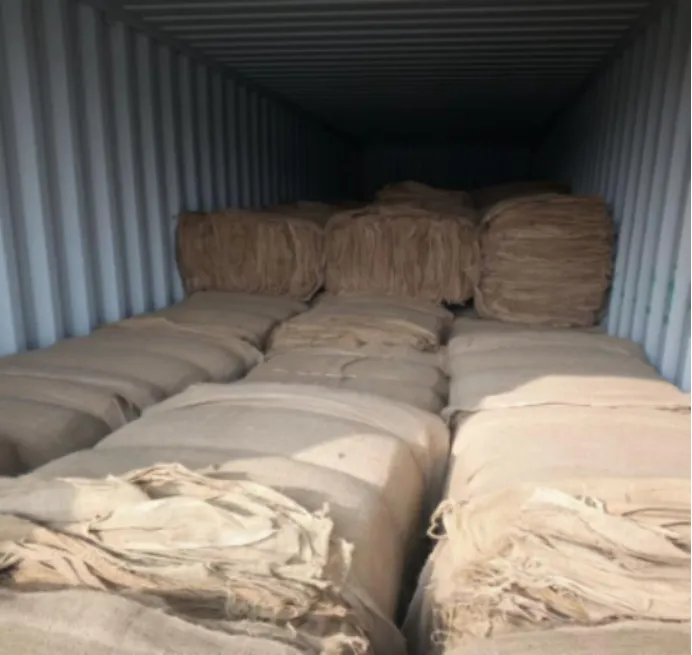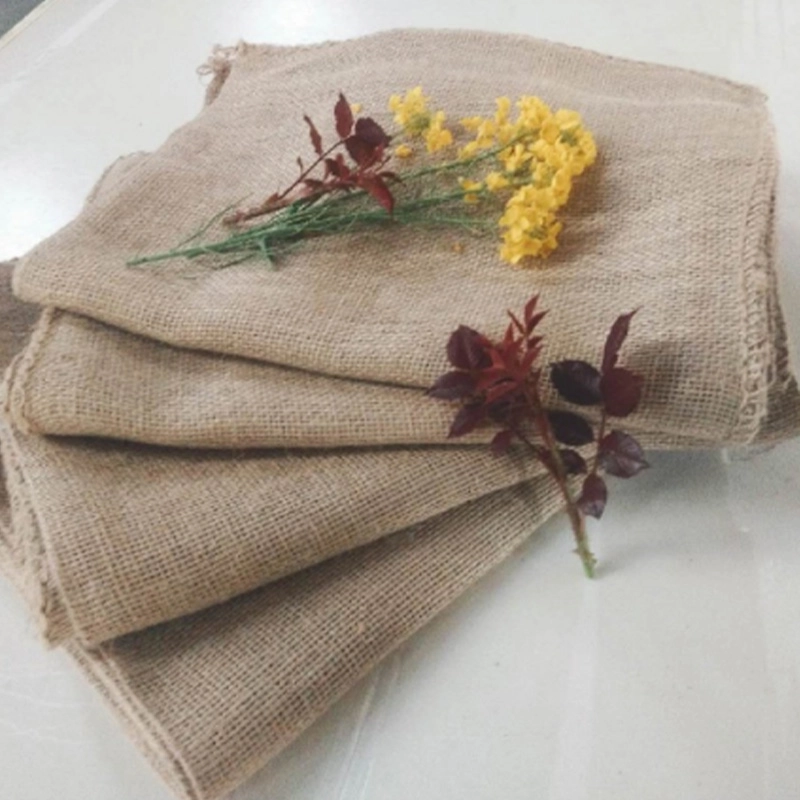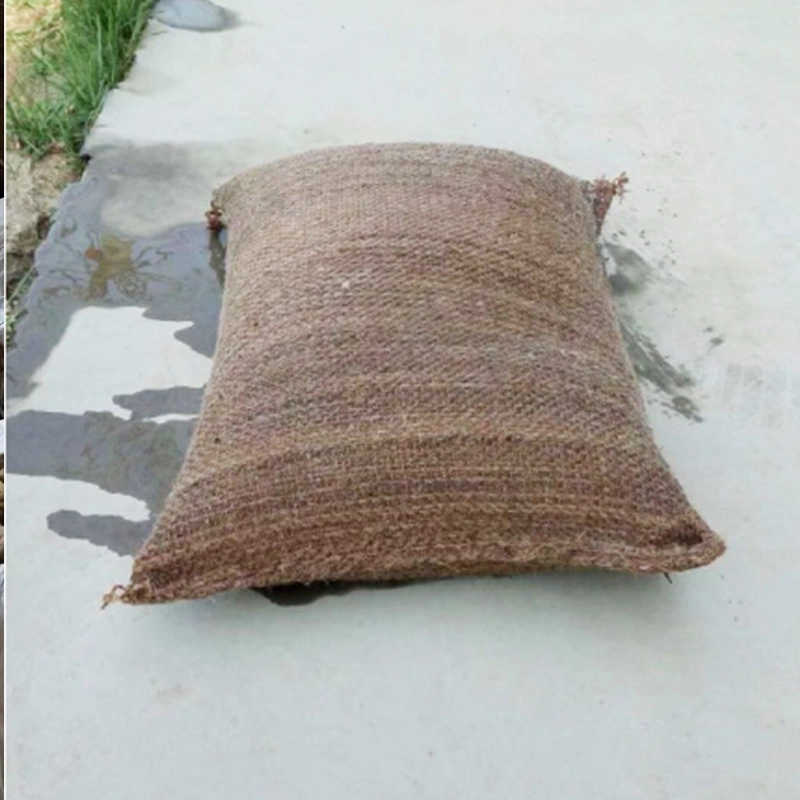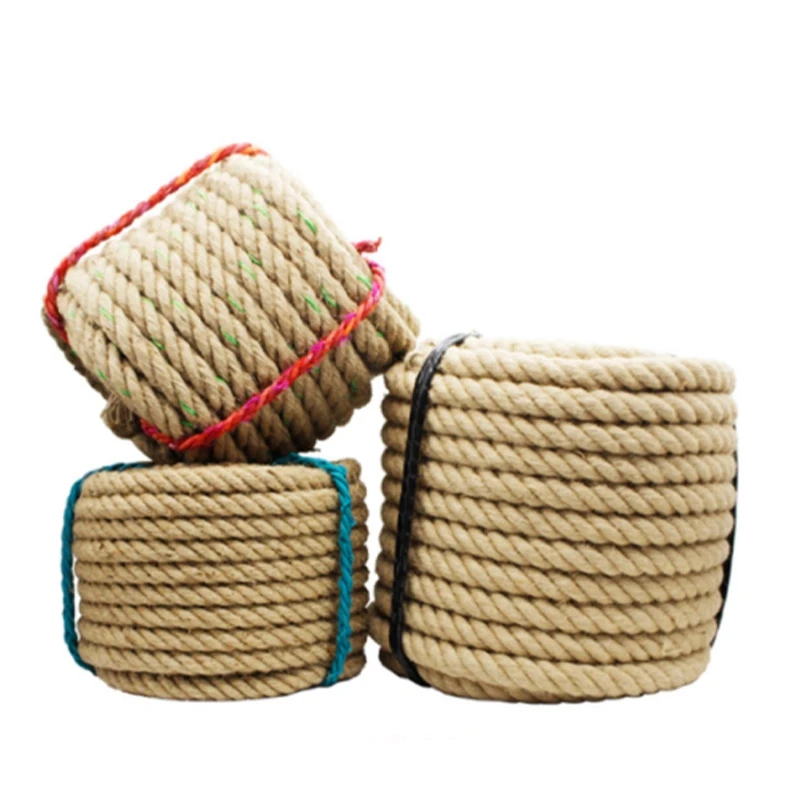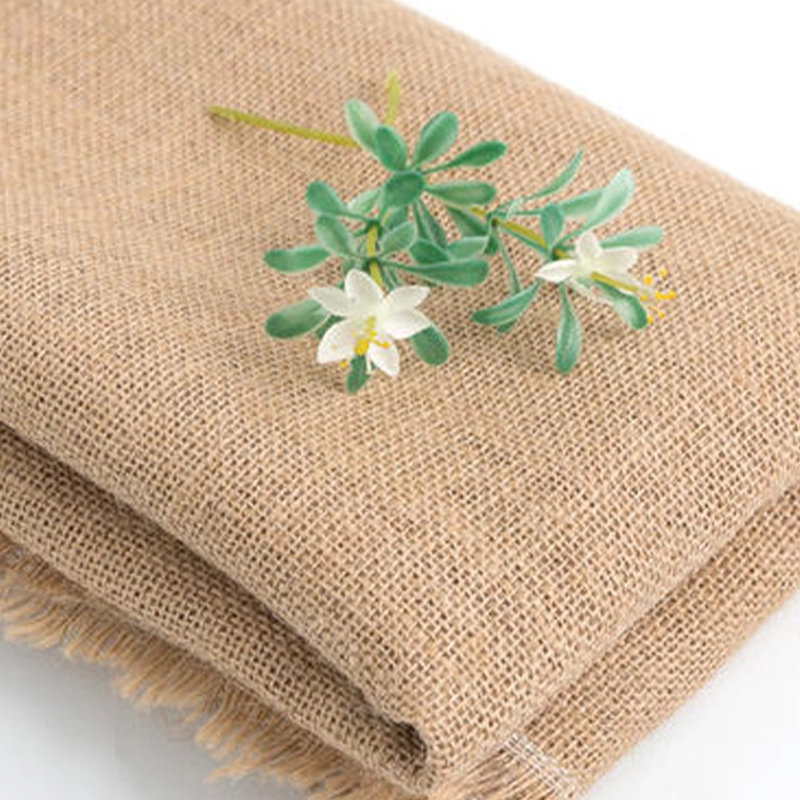Ko te Jute he muka maori e mohiotia ana ko te muka koura. Koia tetahi o nga mea iti rawa me te tino kaha o nga muka taiao katoa, ka kiia he muka mo nga ra kei mua. Ko te Jute te tuarua o te miro i te ao hanga muka pueru. Ko te muka jute e mohiotia ana ko Pat, kosta, Nalita, Bimli, Mesta ranei (kenaf).
Jute is not only a major textile fibre but also a raw material for non traditional and value added non-textile products. Jute is used extensively in the manufacture of different types of traditional packaging fabrics, manufacturing Hessian, saking, carpet backing, mats, bags, tarpaulins, ropes and twines. Recently jute fibers are used in a wide range of diversified products: decorative fabrics, chic-saris, salwar kamizes, soft luggage's, footwear, greeting cards, molded door panels and other innumerable useful consumer products. Supported by several technological developments today jute can be used to replace expensive fibers and scare forest materials.
Jute sacks/burlap bag/gunny bag
He aha te Jute?
He nui te mahi a nga peke kirihou ki te poke o te taiao. Ahakoa e mau tonu ana, ehara i te mea koiora e kore e taea te whakakore marie. Kua whakapau kaha nga kairangahau me nga kaiputaiao ki te rapu muka rereke ka taea te whakakapi ehara i te kirihou anake engari i etahi atu muka waihanga kaore he kino o te taiao.
Jute, also known as the “golden fibre’ – is a natural fibre that has provided a reprieve. It’s used to make a variety of items which include sacks, curtains, furniture accessories and rustic looking peke jute.
The fibre is made from plants with long, soft and shiny fibres spun into strong but coarse threads. This one-of-a-kind fibre which is second to cotton in terms of production provides an alternative to synthetic fibres and materials like plastic.
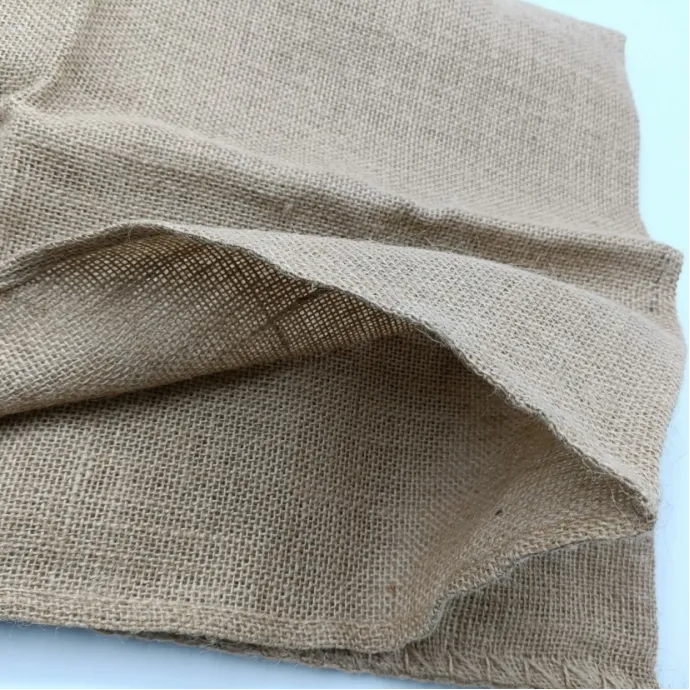
Jute Types
Peeke taratara hou me tetahi tiihi matomato: 75CM * 110CM Taumaha: tata ki te 1000g ia
Peeke taratara hou me tetahi tiihi matomato: 74CM * 105CM Taumaha: Tata ki te 600g ia
Peeke taratara hou: 74CM * 105CM Taumaha: Tata ki te 850g ia.
Peeke taratara hou: 60CM * 100CM Taumaha: tata ki te 480g ia
New burlap bag (thick burlap bag) : 60CM * 100CM Weight: approximately 600g each
Peeke taratara hou (te rahi o te rahi): 60CM * 90CM Taumaha: tata ki te 450g ia
New burlap bag (thick burlap bag) : 60CM * 90CM Weight: approximately 580g each
Peeke taratara hou (te rahi o te rahi): 50CM * 74CM Taumaha: Tata ki te 300g ia
Peeke taratara hou (iti te rahi): 40CM * 60CM Taumaha: tata ki te 200g ia
90% new burlap bag (large size) : 74CM * 107CM Weight: approximately 850g each
Large patch burlap bag (large size) : 74CM * 107CM Weight: Approximately 850g each
Small patch burlap bag (large size) : 74CM * 107CM Weight: Approximately 850g each
Peeke taratara tawhito Tihorea matomato (rahi nui): 75CM * 110CM Taumaha: tata ki te 1000g ia
nga whakaritenga putea taratara mai i te rahi ki te iti.
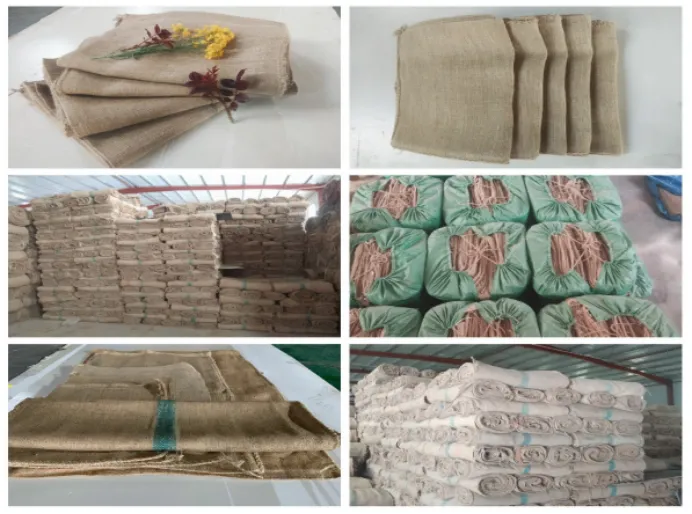
Puke taratara paerewa a motu: 107 * 74cm.
Awhe e tika ana: e whakamahia nuitia ana ki te pupuri i te pīnati me te pīni, hei aukati i te waipuke me te whakahaere;
Small burlap bag :50 * 70cm.Applicable range: commonly used as flood prevention burlap bag, flood prevention burlap bag, and glass ball burlap bag;
Peeke taratara iti: 40 * 60cm. Te whānuitanga o te tono: e whakamahia nuitia ana mo nga taputapu taputapu penei i te wiri me te nati;
Puke taratara iti:30 * 50cm. Awhe e tika ana: e whakamahia nuitia ana mo te takai taputapu me te whakakii i te oneone;
Rahi whakarite kia rite ki nga whakaritenga.

